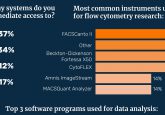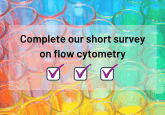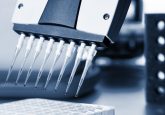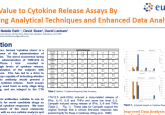Flow cytometry

Flow cytometry is a versatile tool used for analyzing parameters on an individual cell basis. Originating in the 1950s, the technology measures fluorescence associated with cells, using refracted or emitted light.
With the continual growth of the biopharmaceutical industry, it is vital that scientists understand the impact of biological drugs on the immune system, examining immunological changes to determine drug related effects at an individual cell level. Especially with biologics, flow cytometry can aid in assessing safety, pharmacodynamics and receptor occupancy.
This is made possible through flow cytometry analysis, enabling the rapid collection of data related to multiple parameters from a heterogeneous cell mixture. It is a key technique employed by scientists to rapidly profile large populations of cells.
As part of this Spotlight, we will aim to explore:
- An introduction into how flow cytometry works
- Key advances in technology over the years
- Challenges of flow cytometry including reference materials
- Developing applications for flow cytometry (e.g. detection / measurement)
This feature was produced in association with Eurofins, KCAS and Charles River.



















